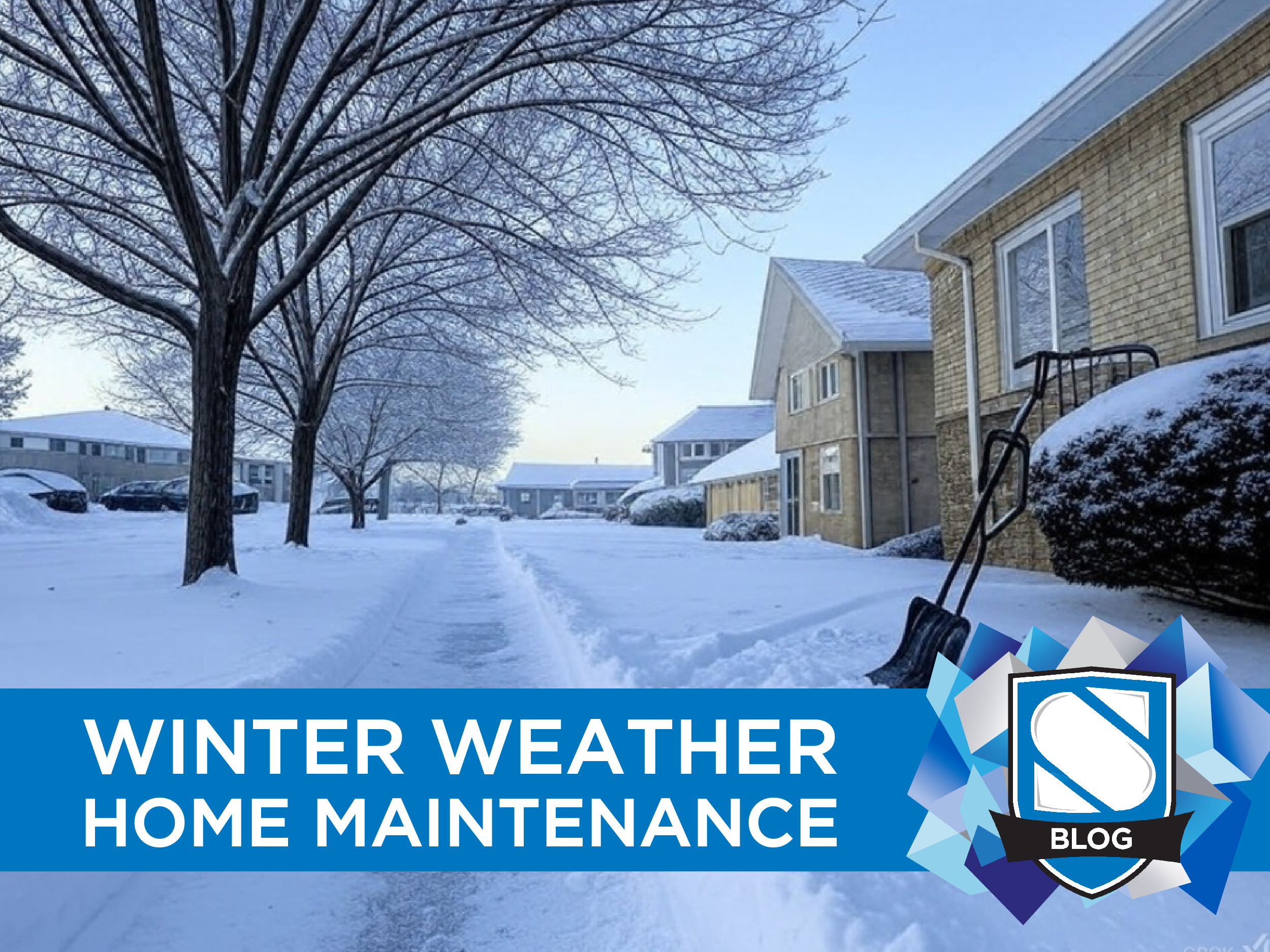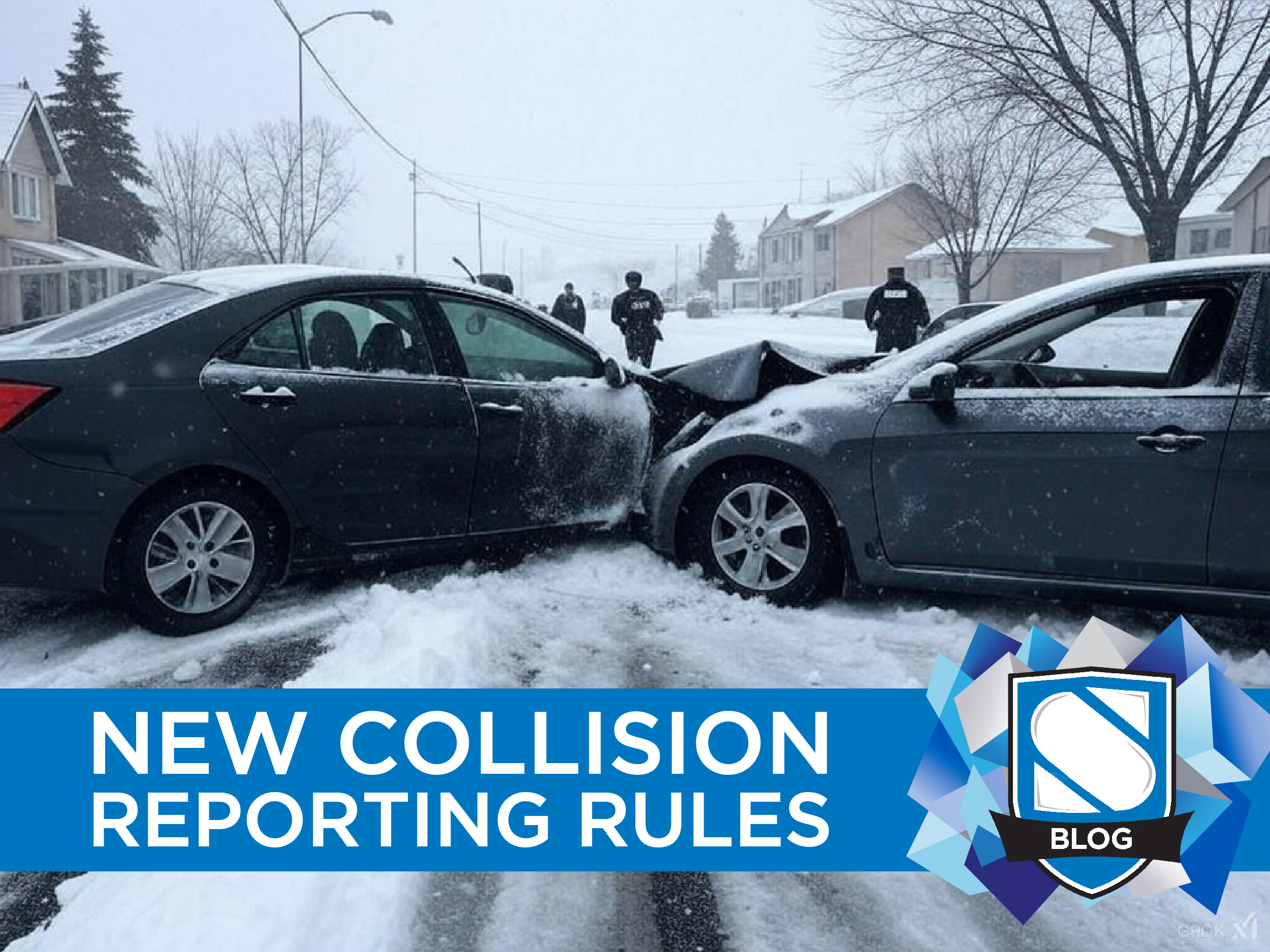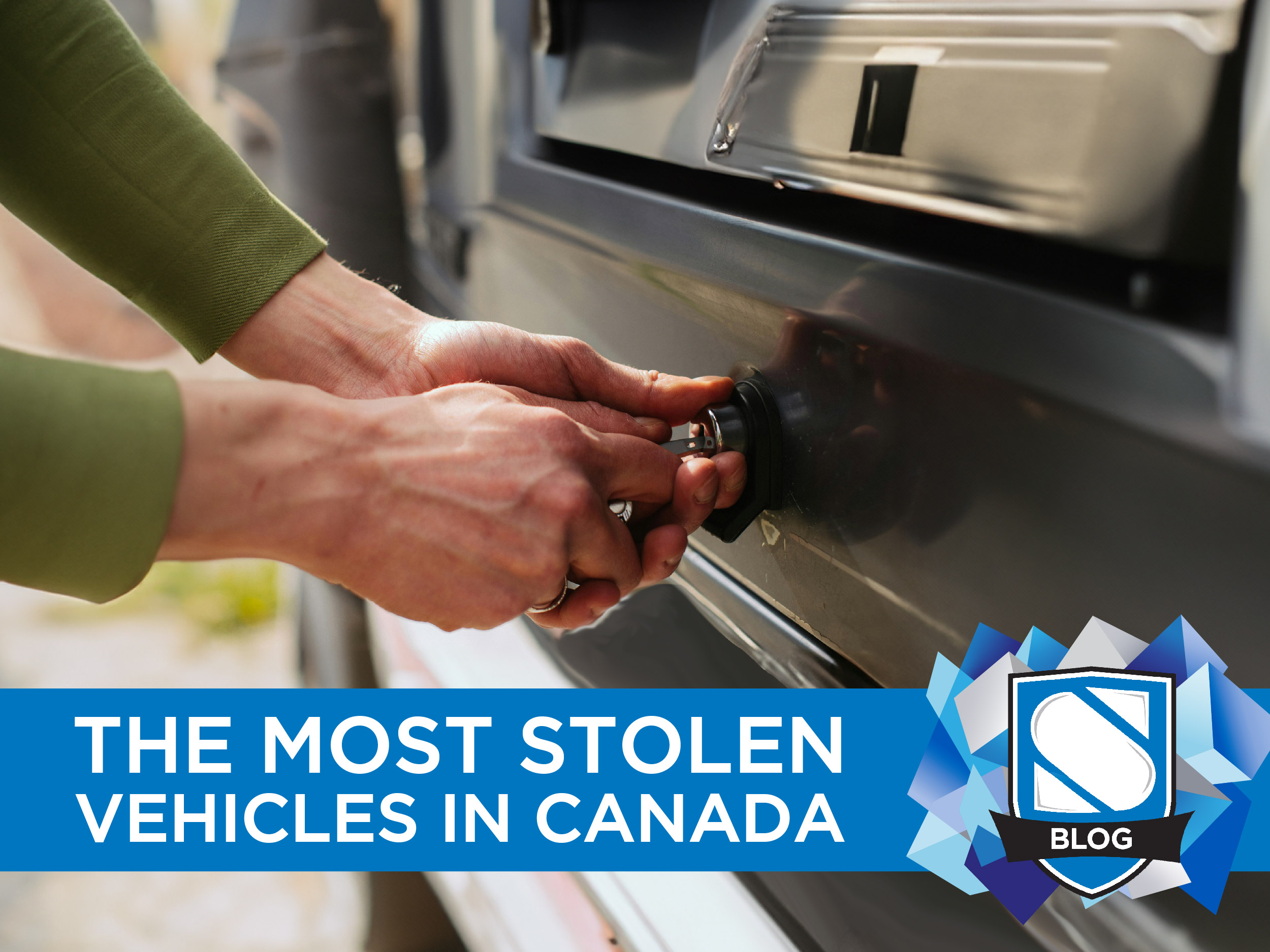My father-in-law is an outdoorsy type and chronic hobbyist. He’s always showing me some new piece of camping gear he’s picked up or his latest piece of DIY handiwork. The other day he reached into his pocket, pulled out a small Altoid mints tin, and carefully opened it up to reveal the most compact first-aid kit I’ve ever seen. I was stunned.
My father-in-law created a shrink ray and this was the most impressive thing he could think to do with it?
With the patience of a Saint, he explained to me that personalized mini-survival kits are actually a fairly common project for nature lovers. He’s right, searching online you can find hundreds of different men and women showing off their personal spin on the idea. Tins with fishing line and bait for impromptu survival-filet. Tins with compasses, flints, whistles, and mirrors to navigate the wilderness and flag down rescue parties. And of course, tins (somehow) filled with enough first-aid supplies packed in to perform out-patient surgery in the middle of a forest.
These kits are a great idea for anyone who enjoys exploring the world off the beaten path. But there is also something the rest of us more, “urban-inclined,” folks can learn from their preparedness. While you may not get lost in the mountains anytime soon, every vehicle should be equipped with a properly outfitted road kit in case of breakdowns or accidents. Being stuck on a back-road somewhere in the country with no supplies and no help can be every bit as dangerous as getting lost in a forest if you’re not properly prepared, especially in the winter.
A basic kit should always contain the following essentials:
- Imperishable food. Nuts and energy bars are good choices.
- Water
- A blanket (this is doubly important in the winter when you may be caught in sub-zero conditions, but good to have all year round).
- A first-aid kit (preferably not miniaturized)
- A flashlight
- Extra clothing (to be honest, having an extra shirt at the ready can be just as handy when you drip ice cream on your polo as it can be during a crisis)
- Gloves and boots
Those are the rock bottom basics every vehicle should carry. If you want to be really prepared you may want to include:
- Sand or cat litter, and a small shovel (during the winter)
- Antifreeze fluid
- Jumper cables
- A properly secured fire extinguisher (never keep one in the backseat, an unsecured fire extinguisher can transform from “life-saving device” to “deadly projectile” during a crash)
- Warning lights
- Tow rope














0 Comments